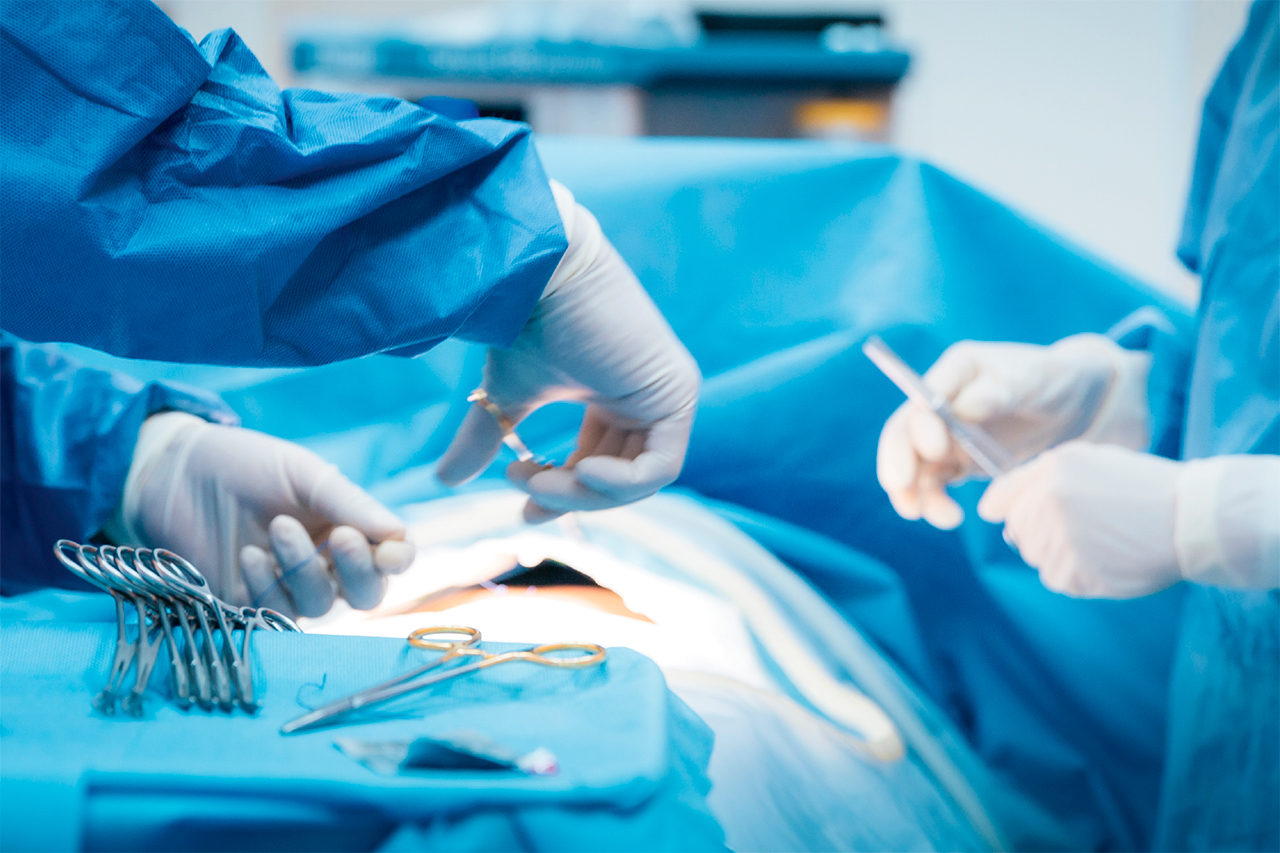Operation to restore functionality and aesthetics of the face
Burns, combat injuries, trauma, and cancer can affect both the appearance and functionality of the face. Damage to the bones and soft tissues of the face can make it difficult for a person to close and open their eyes, smile, speak, or eat.
Today, skilled plastic surgeons can reconstruct various facial structures to improve their functionality and aesthetics and help a person feel more comfortable with their appearance in society. This is an important part of a patient's rehabilitation after trauma or illness, along with psychological support.
Modern surgical procedures for facial reconstruction may include restoring facial, head, and neck structures after cancer, reconstructing the nose or ears, treating cleft lip and palate in children, and restoring the face after shrapnel or bullet wounds, etc.
To restore facial structure, a plastic surgeon may use the patient's own body tissue, such as skin, bone, or muscle from a specific part of the body to create the desired facial appearance.
If necessary, a plastic surgeon can cut, move, and connect parts of the patient's skull bones or bone grafts, which can be taken from the pelvis or ribs, to fill in the areas where the bones of the face and head have been moved. Small screws and titanium plates are used to hold the bones in place and are usually implanted in the patient for life.
In microvascular surgery (also known as “free flap” surgery), the surgeon connects the small blood vessels of the transplanted tissue to the blood vessels of the facial tissue during the operation. If this approach is not possible, various implants and prostheses can help restore more natural contours and facial features.

How is facial reconstruction surgery performed?
Before the operation, the plastic surgeon will conduct a thorough medical history and examination and will be able to assess whether the patient's own tissue, such as skin, muscle tissue, or cartilage, can be used to reconstruct a specific area of the face.
In some cases, implants are more appropriate for the patient and reduce the number of surgical procedures or the rehabilitation time after surgery.
The final result of the surgery and the restoration of the patient's ability to function depend on the severity and nature of the injury that the plastic surgeon and his team will have to work with.
In the event of damage to the nervous system or bone structures, the patient may require several operations, and the rehabilitation process can be quite difficult. In cases of minor injuries or wounds (e.g., damage to the skin or muscle tissue), an experienced plastic surgeon will be able to restore not only the normal functioning of the operated area, but also the patient's aesthetic appearance.
General anesthesia is used for long, complex facial reconstruction procedures, but some patients (in cases of minor and short-term procedures) may be given sedatives in combination with local anesthesia.
Recovery after facial reconstruction surgery
The duration of recovery after facial reconstruction surgery depends on the type and extent of the surgical intervention. The speed of healing is also influenced by the patient's age and general health, compliance with all doctor's instructions, and, of course, the experience of the plastic surgeon who performed the operation.
Qualified plastic surgeons always strive to minimize the appearance of scars by hiding incisions in natural anatomical folds wherever possible. Most visible scars eventually look like thin lines, slightly paler or darker than the surrounding skin.
Before the operation, it is important for the patient to discuss the specifics of the recovery period with the plastic surgeon.
Contact me
Plastic surgeon
Ukraine, Kyiv, Shchekavytska St., 9a
(Clinic "Nove Tilo")


